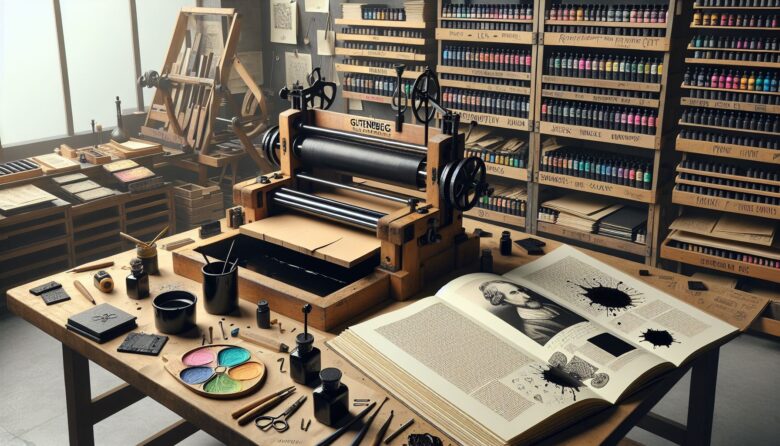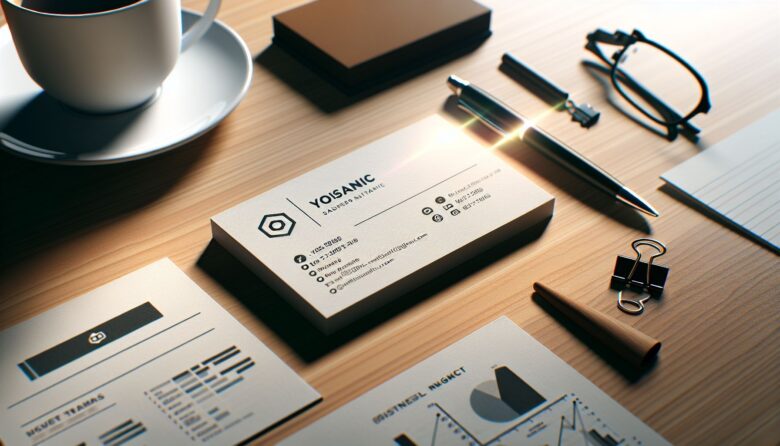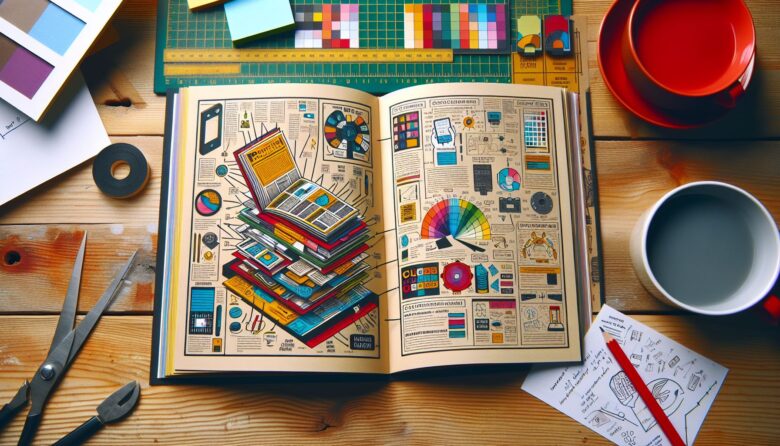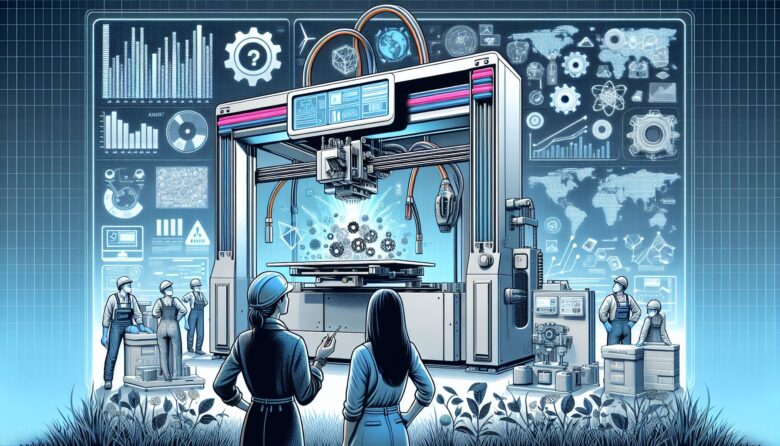In a world filled with constant communication and marketing efforts, the need for custom labels has never been greater. Custom labels are a versatile printing product that can be used for a wide range of applications, from branding and packaging to organization and promotion. Whether you are a small business owner looking to enhance your products with customized labels, or an event planner wanting to add a personal touch to your decorations, custom labels are the perfect solution.
Introduction to Custom Labels
Custom labels are adhesive stickers that are printed with personalized designs, logos, text, or images. They can be made from a variety of materials, including paper, vinyl, polyester, and more. Custom labels come in all shapes and sizes, making them suitable for a wide range of applications.
Custom labels can be used for branding and marketing purposes, such as adding a professional touch to product packaging or creating eye-catching promotional materials. They can also be used for organizational purposes, such as labeling files, folders, or storage boxes. Custom labels can even be used for personal celebrations, like weddings, birthdays, or other special events, to add a personalized touch to decorations and favors.
The Versatility of Custom Labels
One of the greatest benefits of custom labels is their versatility. Custom labels can be used for a wide range of purposes, making them a valuable tool for businesses and individuals alike. Whether you need to brand your products, organize your office, or add a personal touch to a special event, custom labels can help you achieve your goals.
For businesses, custom labels can be a powerful marketing tool. By branding your products with custom labels, you can enhance their professional appearance and create a cohesive brand identity. Custom labels can also be used to create eye-catching promotional materials, such as stickers or decals, that can help raise awareness of your brand and attract new customers.
For individuals, custom labels can be a fun and practical way to add a personal touch to any project. Whether you are planning a wedding, organizing a party, or simply looking to personalize your belongings, custom labels can help you achieve your desired look. With custom labels, the possibilities are endless – you can choose from a wide range of materials, shapes, sizes, and designs to create labels that are truly unique to you.
How to Use Custom Labels
Using custom labels is easy and straightforward. First, you will need to decide on the purpose of your labels – whether it is for branding, organization, or personalization. Next, you will need to choose the material, shape, size, and design of your labels. There are many online printing companies that offer custom label printing services, where you can upload your design and choose your specifications.
Once you have placed your order, the printing company will print your custom labels according to your specifications. You can then peel off the backing of the labels and apply them to the desired surface. Custom labels can be applied to a wide range of surfaces, including paper, cardboard, plastic, glass, and more. The adhesive backing of custom labels ensures that they will stay in place and withstand normal wear and tear.
The Benefits of Custom Labels
There are many benefits to using custom labels in your personal and professional endeavors. Some of the key benefits of custom labels include:
-
Branding: Custom labels can help you create a strong brand identity by adding your logo, company name, or tagline to your products. By consistently using custom labels on your products and promotional materials, you can reinforce brand recognition and loyalty among your customers.
-
Organization: Custom labels can help you stay organized by labeling files, folders, storage boxes, and more. By using custom labels to categorize and identify your belongings, you can streamline your workflow and reduce clutter in your space.
-
Personalization: Custom labels can add a personal touch to any project, whether it is a wedding favor, party decoration, or gift. By customizing your labels with your own design, text, or image, you can create a unique and memorable keepsake for yourself or others.
-
Promotion: Custom labels can be used as promotional materials to raise awareness of your brand and attract new customers. By handing out stickers or decals with your logo or message, you can reach a wider audience and generate interest in your products or services.
Conclusion
Custom labels are a versatile printing product that can be used for a wide range of applications, from branding and marketing to organization and personalization. Whether you are a business owner looking to enhance your products with custom labels, or an individual wanting to add a personal touch to a special event, custom labels are the perfect solution. With their versatility, ease of use, and customizable options, custom labels are a valuable tool that can help you achieve your goals and make a lasting impression. So, why wait? Order your custom labels today and start making your mark in the world of printing!












